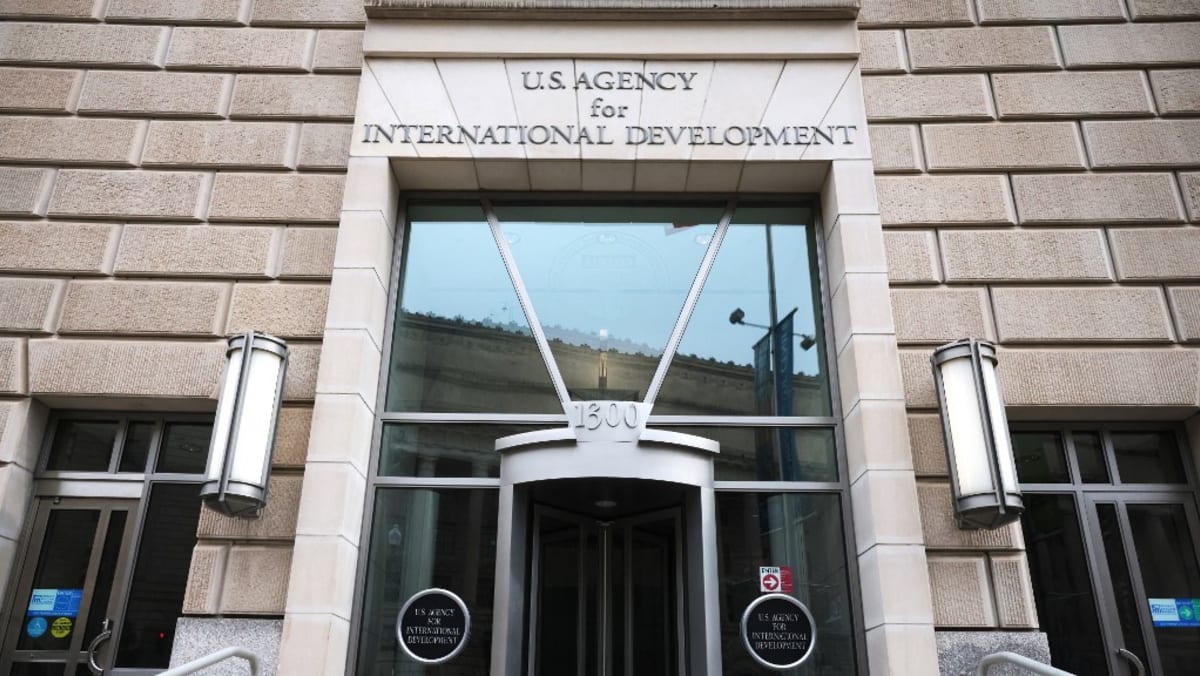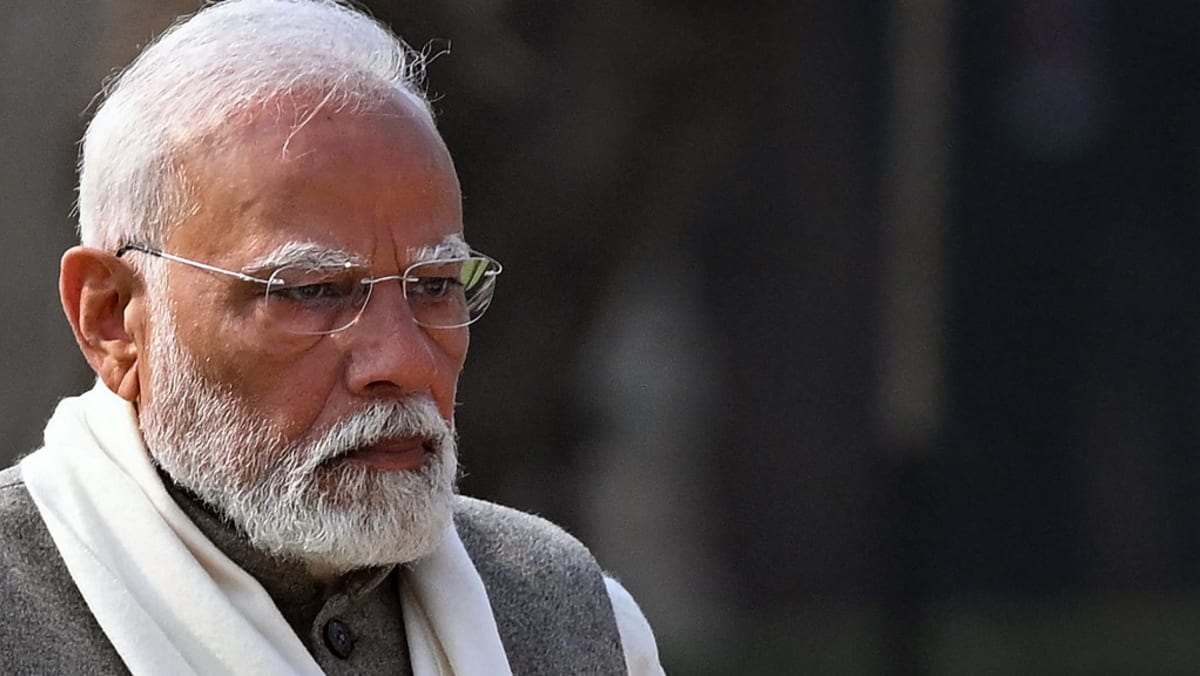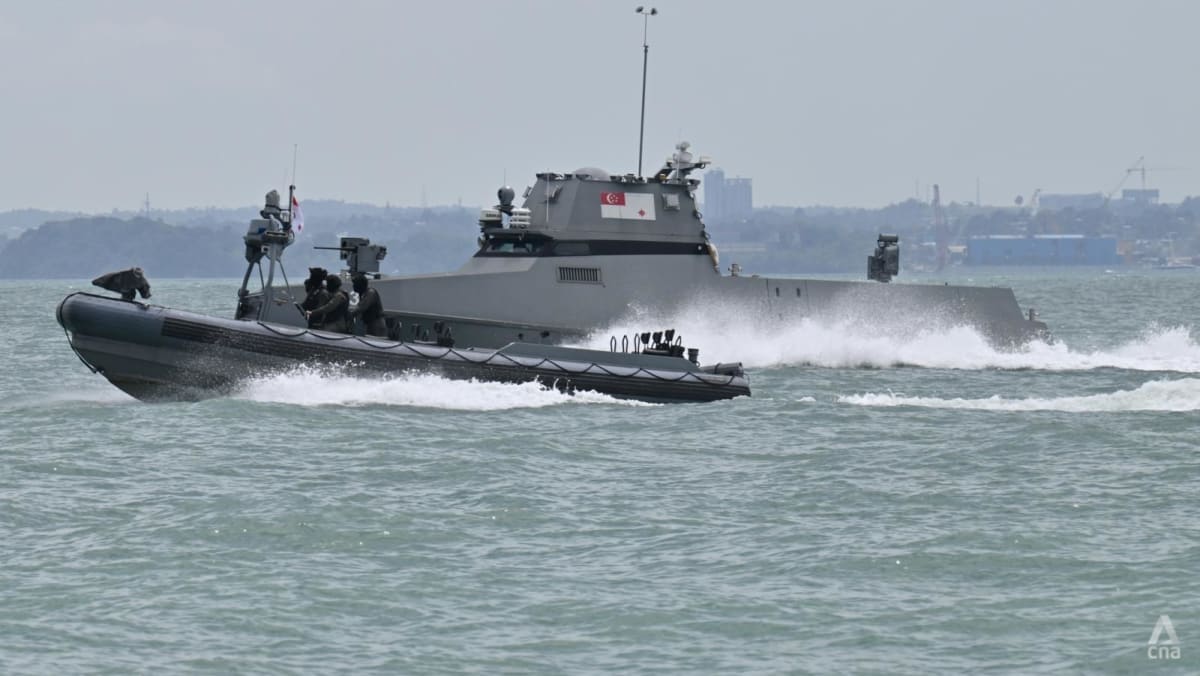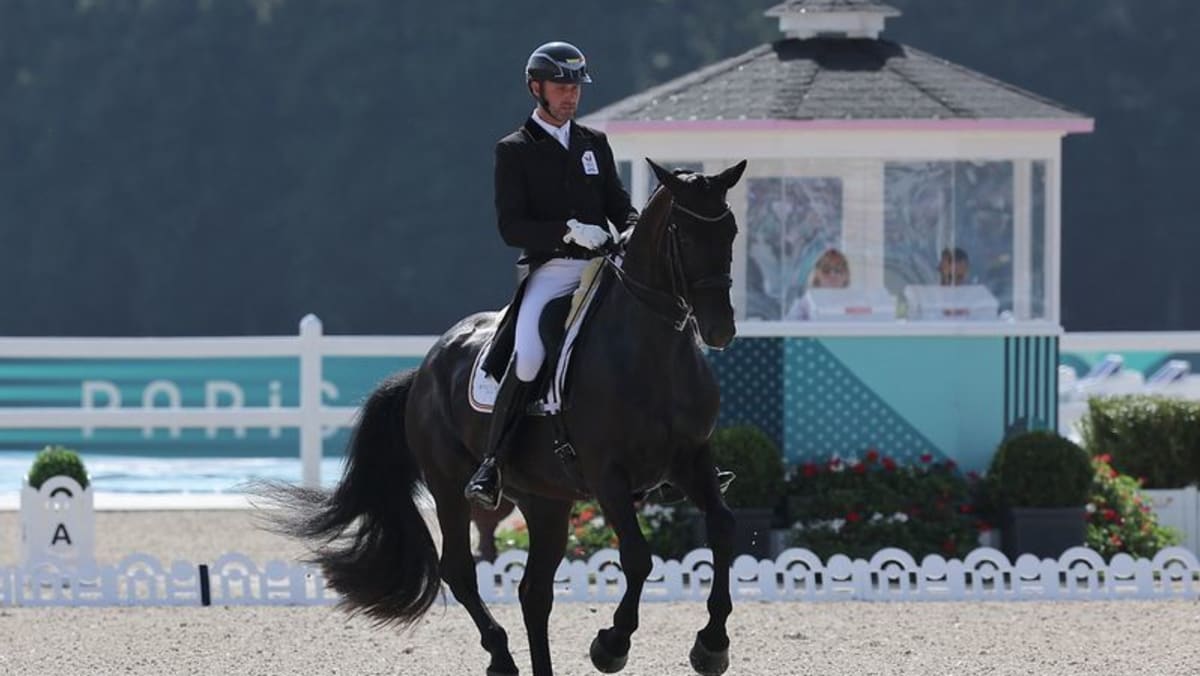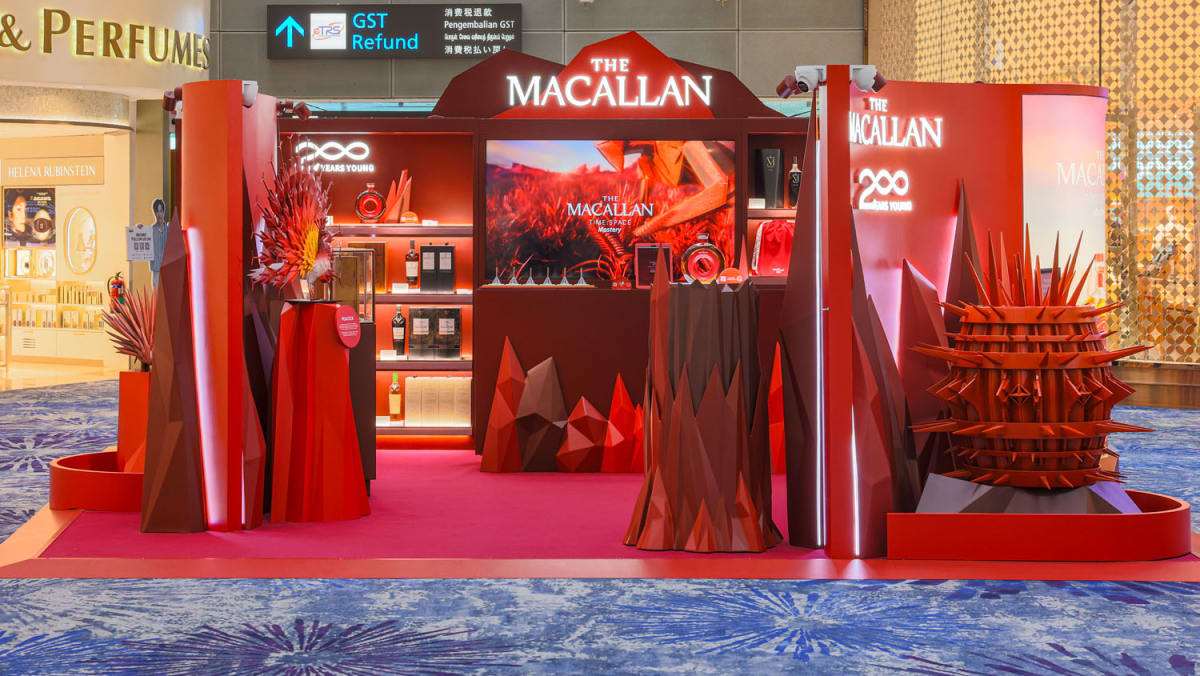About 10 bottlenose dolphin calves have died this year so far, up from just one death last year.

A statue of dolphins at Jeju Island.
New: You can now listen to articles.

This audio is generated by an AI tool.
JEJU: For centuries, dolphins have been sighted in the waters around South Korea’s largest island, where temperatures are warmer than in other parts of the country.
But concerns are now growing that excessive tourism and pollution are killing the animals that live off the coast of Jeju Island.
About 120 Indo-Pacific bottlenose dolphins – which were designated an endangered species by the government more than a decade ago – have made their home there, especially at Seogwipo city in the southern part of Jeju Province.
This year alone, about 10 calves among the population have died.
This is up from one death last year, with studies by a research team showing that most of the babies died right after birth.
BOATS CAUSING STRESS
Experts said tourist boats are believed to be causing unimaginable stress to the dolphins, driven by growing interest in dolphin-watching tours. Seogwipo city is the island’s main tourist city.
“Dolphins use echolocation to navigate and determine their direction. But with so many boats, they feel trapped. This can cause continuous stress for them,” said Oh Seung-mok, director of documentary group Docu Jeju who is also part of the research team.
Like humans, dolphins will suffocate if they do not surface for air within a certain period. When a calf dies and sinks underwater, the mother tries to save it by repeatedly pushing it to the surface, Oh explained.
“When it becomes clear that the baby isn’t moving, the mother starts to accept its death,” he added sombrely.
“Even as the body starts to decompose, the mother continues to carry it, indicating her refusal to let go of the baby … This behavior is very similar to what humans do when mourning.”
Current laws that require tourist boats to stay at least 50m away from dolphins are insufficient, said the team’s leader Kim Byung-yeob, an ocean science professor at Jeju National University.
He suggested boats keep about 800m away instead, while other observers went so far as to say tours should be stopped altogether.
Jo Yak-gol, who co-founded Jeju animal advocacy group Hot Pink Dolphins, pointed out that operators compete with one another to sail as close as they can to the dolphins.
"Whenever these tour boats or fishing boats get near the dolphins, they just stop hunting and then they have to move away or go the opposite direction from the boats, so they (don’t) have enough time to feed the babies,” he added.
 A tour boat close to bottlenose dolphins off Jeju Island.
A tour boat close to bottlenose dolphins off Jeju Island.
MARINE POLLUTION
Despite the role they are said to play in the dolphins’ plight, tour operators maintained they keep to the guidelines, with some offering a different reason for the deaths: Marine pollution.
Carl Kim, who runs yacht tours around the island, said the marine environment is very different today compared with 10 years ago.
“What I believe is more serious is environmental pollution, such as abandoned fishing nets or hooks, and changes in the ecosystem,” added the CEO of Gimnyeong Yacht Tours.
“In my view, that is the main cause of the high mortality. They need to breathe, and if they get caught in nets, they can't come up for air.”
Kim said his industry could pose a problem if they keep chasing dolphins for tourism purposes, but that is not what happens in his case.
“They come to us when they want to, and leave when they want to, so it is not like we are constantly disturbing them,” he added.
 The coast off Jeju Island.
The coast off Jeju Island.
Documentary filmmaker Oh echoed these sentiments, saying that some of the island’s marine debris – such as plastic bottles – is swept in from other countries like China and Vietnam.
According to Docu Jeju and Jeju National University’s whale and marine life conservation research centre, a dolphin was spotted last month entangled in nets, ropes and other marine debris.
"The issue of marine pollution is something the entire world shares responsibility for,” Oh said.
“Once something is discarded, it may seem like the immediate area becomes clean again, but ocean currents can carry this waste to other parts of the marine environment, threatening marine life. So, we need to recognise this.”
While more studies need to be conducted to determine if tourist boats, pollution or both are causing the dolphins’ deaths, experts said something must be done urgently before it is too late for the marine mammals.




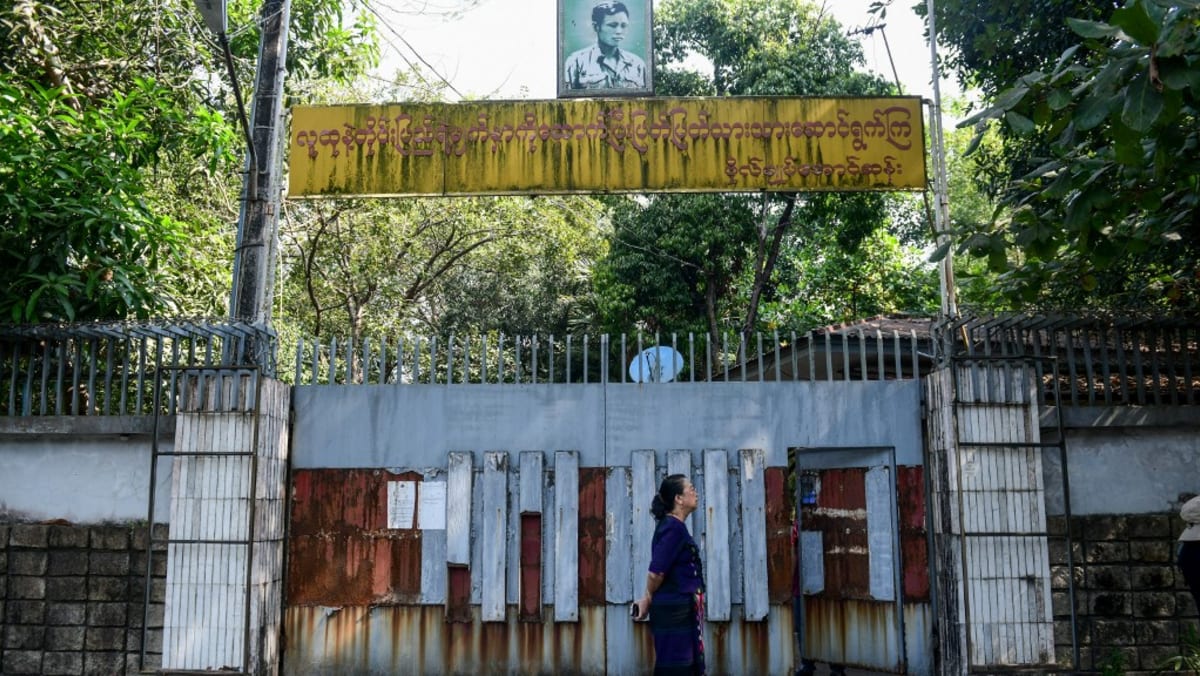
.jpg?itok=HVcXoYme)

